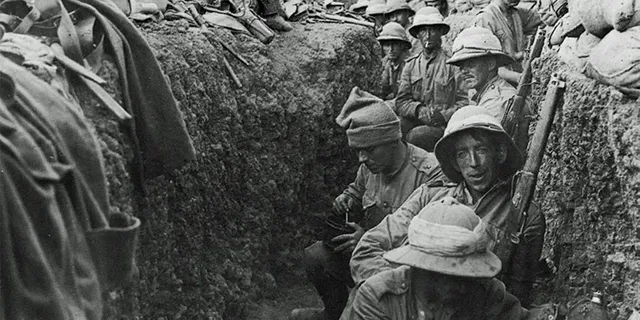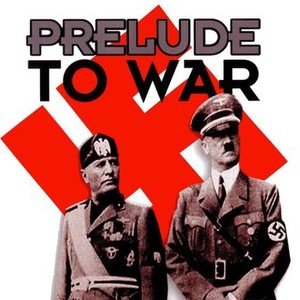
World War II, often referred to as WWII, remains one of the most monumental events in human history, a conflict that reshaped the world in ways that continue to influence global dynamics to this day. This article provides a concise overview of the key events and consequences of this colossal conflict.
The Prelude to War:
Following the conclusion of World War I, the Treaty of Versailles imposed heavy sanctions on Germany, which deeply humiliated the nation and contributed to its economic instability. The 1929 Wall Street Crash and the ensuing Great Depression exacerbated global economic tensions. In Germany, these circumstances facilitated the rise of Adolf Hitler's Nazi Party, leading to the restoration of military service and an aggressive foreign policy.
Meanwhile, Italy, despite its victory with the Allies in WWI, was dissatisfied with the territorial gains it received. Benito Mussolini's fascist regime sought to expand its influence, initiating colonial campaigns in Ethiopia and Albania.

Conflict and Expansion:
In Spain, a brutal civil war erupted, serving as a testing ground for Nazi Germany and Fascist Italy. Both countries supported Francisco Franco's nationalist forces, strengthening their diplomatic ties in the process.
In Asia, Japan pursued an expansionist agenda, invading various territories during the Chinese Civil War and employing chemical and biological weapons.
Germany, having rebuilt its military, commenced its territorial expansion, annexing Austria and parts of Czechoslovakia. The signing of the Molotov-Ribbentrop Pact with the Soviet Union paved the way for the invasion of Poland in 1939, triggering the start of WWII. The United Kingdom and France declared war in response.
Blitzkrieg and European Dominance:
The German military's Blitzkrieg strategy, characterized by rapid and intense attacks, overwhelmed opposition defenses. German forces quickly captured Luxembourg, the Netherlands, and Belgium. They advanced towards France, leading to the defeat of the French army and the signing of an armistice. Germany occupied the north and west of France, while a new government controlled the rest of the country.
Global Conflict and Resistance:
Worldwide, resistance movements took shape in various forms, including strikes, demonstrations, and sabotage. In Eastern Europe, guerilla forces undermined Axis armies. In Asia, the United States entered the war after Japan's surprise attack on Pearl Harbor. Japan's aggressive expansion also led to mass atrocities, forced labor camps, and sexual slavery.
In Europe, concentration and extermination camps were established to exterminate Jews, political opponents, and minority groups.
Allied Advancements and Victory:
The tides of war began to turn when the Allies landed in North Africa and Sicily. The USSR mounted a successful counterattack, and the Western Allies invaded Normandy on D-Day in 1944, quickly liberating Paris. Nations switched allegiances or were liberated as the Allies gained momentum.
The Aftermath:
As the war neared its end, Adolf Hitler committed suicide in his bunker, and Germany surrendered. The United States and the USSR cooperated to defeat Japan, ultimately leading to Japan's surrender after atomic bombings.
After six years of devastating conflict, WWII left a profound mark on the world. Over 60 million people perished, including a vast number of civilians. Many cities lay in ruins, and Europe and the USSR subjected millions of German prisoners of war to bonded labor. Germany and Austria were divided among the victorious powers.
In the post-war era, the United States and the USSR emerged as superpowers, shaping the geopolitics of the Cold War. The United Nations was established to promote peace and international security, though tensions between the superpowers led to indirect confrontations worldwide.
World War II stands as a stark reminder of the destructive potential of human conflict, but it also exemplifies humanity's capacity for resilience, recovery, and cooperation in the face of unparalleled challenges.